History
New River Light and Power (NRLP) has been providing electric power to App State and the Boone community since 1915.
Early Years
Dr. Blanford Barnard Dougherty, then President of Appalachian Training School, commissioned the building of Boone’s first electric generating plant. We believe there may have been a dam on Kraut Creek next to campus as early as 1914; however, information to confirm this is not available. David Shearer, an electrical engineer, was hired to supervise the building of the dam, placing of the machinery, construction of the power lines, and maintaining operations.
The power plant housed a 75 KW rope driven generator powered by a 10-foot dam built of heavy timbers. The plant and dam were located at the lower end of the Edminsten Farm on the South Fork of the New River and their remains can still be seen today on the Greenway Trail. NRLP’s system consisted of 15 miles of line run on poles made from local chestnut trees. There were three employees responsible for maintaining service to the school and six Boone residences.
On July 12, 1916, a flood caused extensive damage to the wooden dam and destroyed the machinery, disrupting service for two weeks.
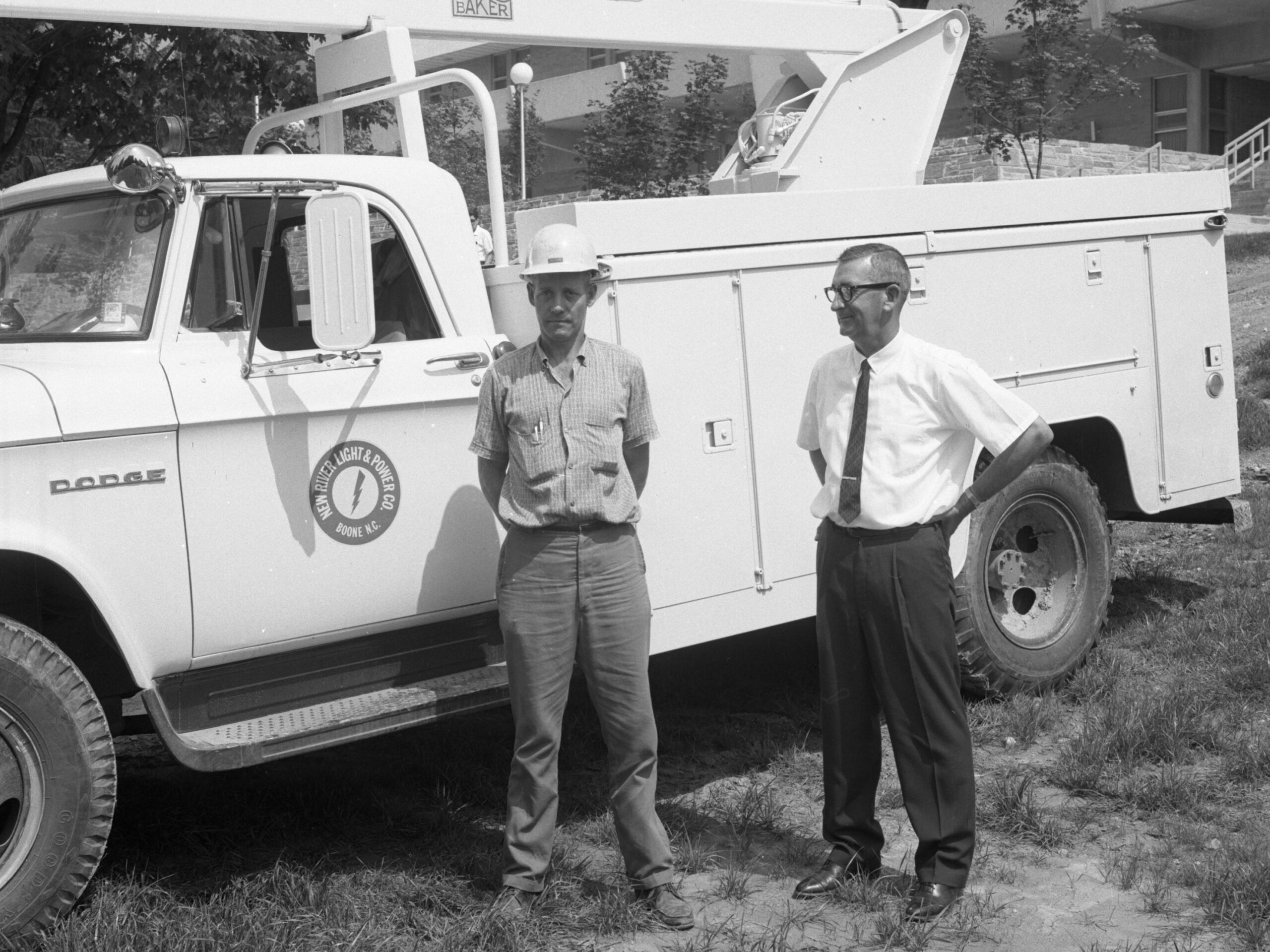
From the Archives: New River Light & Power History Scrapbook
Appalachian State University Archives and Records, Special Collections
This scrapbook documents the history of New River Light & Power (NRLP) through historical documents and photos. Dates: 1915-2012
1920s
In 1922, S. McKinley Ayers of the Tennessee Eastern Electric Company came to Boone to work on the power plant and soon became the first Superintendent of NRLP.
On March 23, 1923, a short circuit caused by an overworked generator caused a fire that gutted the power plant. The machinery was completely destroyed, disrupting electrical service for almost four months. During that same time, work began on a new plant and dam (later named the Tate Dam). Its location on the Middle Fork of the New River would offer a constant water flow, thus providing a consistent electric current to better serve the growing campus and community. In 1924, a steam plant with a generator was built on campus to supply additional power to a growing community.
On October 30, 1924, the Tate Dam and larger generating plant located on the Middle Fork of the New River began service. There were three 750 kW transformers feeding a 4,160 V transmission line for the potential of a 2250 kW peak load. The dam was made of concrete and spanned 26-feet across. The Tate Dam remained in operation until 1972. For safety reasons after its retirement, NRLP employees dynamited the Tate Dam, blowing holes in it to let the water through. But the dam was so sturdy that they were unable to remove it entirely.
In 1925, NRLP was able to utilize the campus Steam Plant as a backup power source. Also in this year, electric ranges were introduced in Watauga County.
The first steam engine began operating in 1926 and produced 180 kilowatts. It was located on campus and used 5 tons of coal per day to operate. Meters were installed throughout Boone during this timeframe.
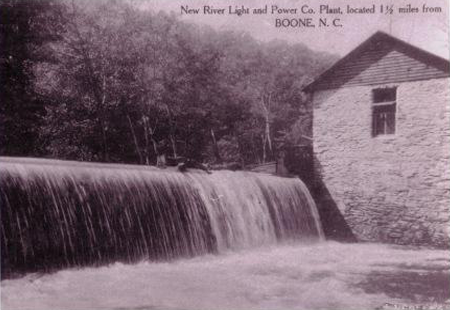
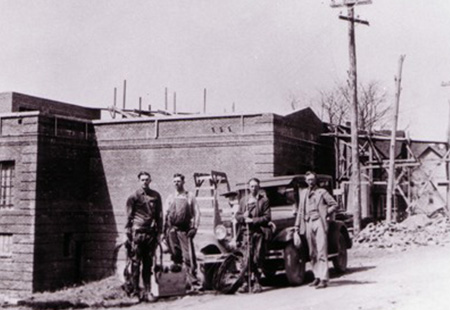
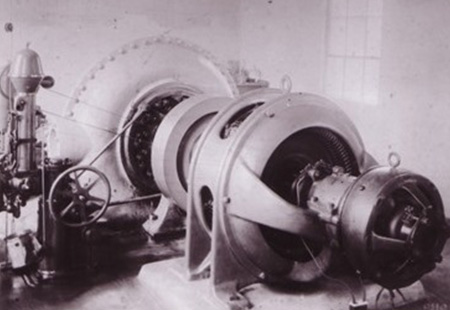
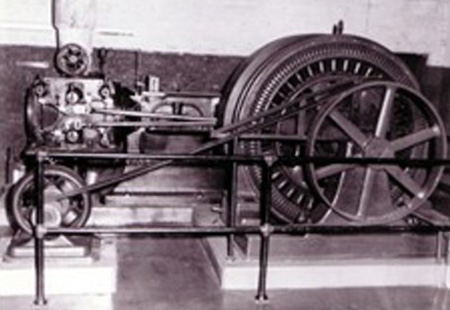
1930s-1940s
In 1935, 17-year-old Grant Ayers came to work at NRLP and began an apprenticeship under his father, S. McKinley Ayers.
An Erieball 250 kilowatt generator was installed on campus in 1937 and a Skinner 260 kilowatt generator was installed in 1938.
The Big Flood of 1940
A major flood hits Boone on August 13 & 14, 1940, the worst in Boone’s history, after eight inches of rain fell in only forty-eight hours. While there was damage to the dam and machinery, adequate electric service continued due to the operation of the Erieball and Skinner engines located on campus. The damage took one year to repair.
In 1945, Erieball and Skinner engines were replaced by a 1,000-kilowatt steam turbine generator and engine.
Grant Ayers returned to NRLP in 1946 after serving in World War II. He earned his electrical engineering degree from the Chicago School of Engineering a few years later.
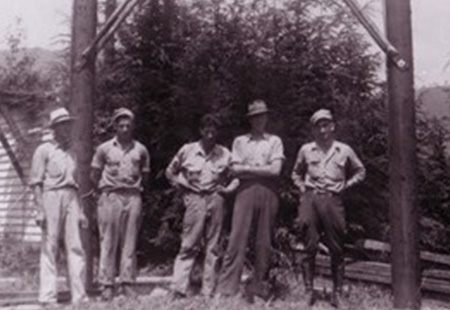
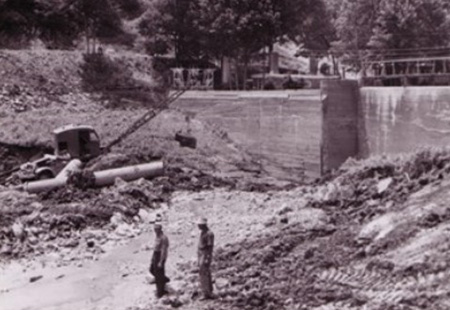
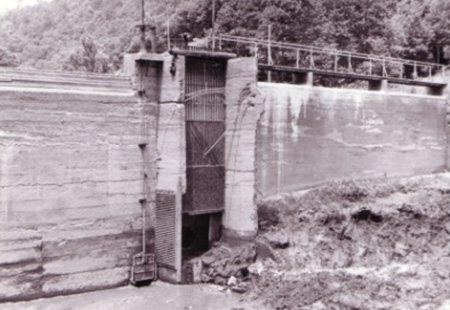
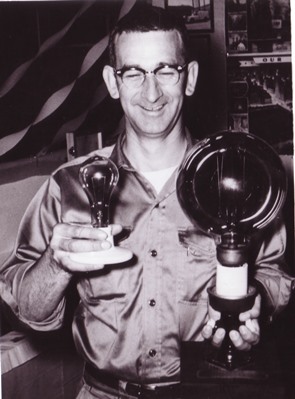
Photo: Grant Ayers with light bulbs, circa 1950s
1950s-1990s
In December 1954, IBM electronic clocks were installed to control the Tate Dam power plant machinery, replacing the plant operator. A hydro induction generator was installed on campus and produced a 10 percent increase in power efficiency. There was tremendous growth within Boone during the next year. The Oak Grove Substation was built and the campus Physical Plant was enlarged. In 1959 the Tate Dam underwent major repairs, the first repairs since the flood of 1940.
Blue Ridge Electric began providing additional voltage around 1963, replacing the 1,000 Kilowatt steam turbine generator. By 1966, nearly 3,000 customers were served by NRLP. Unfortunately, disaster struck again as a fire destroyed the campus’s administrative building, which contained the administrative records and other items of historical content for NRLP.
S. McKinley Ayers retired in 1963 after 40 years of service. Grant Ayers became the Superintendent of both NRLP and the Physical Plant and served in that position until the mid to late 1970s.
In the early 1970s, NRLP ceased generating power and started purchasing electricity exclusively from Blue Ridge Electric Membership Corporation. Purchasing power became more economical than the cost to generate it.
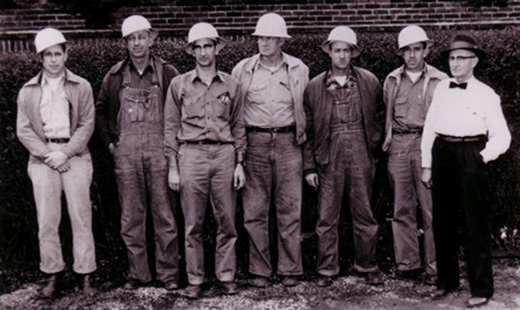
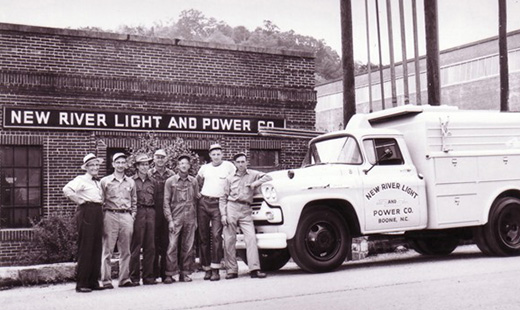
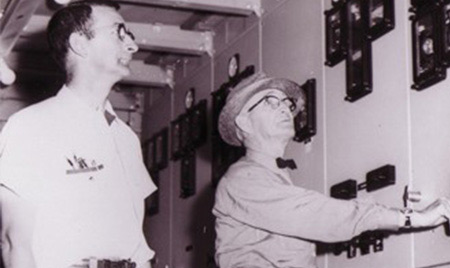
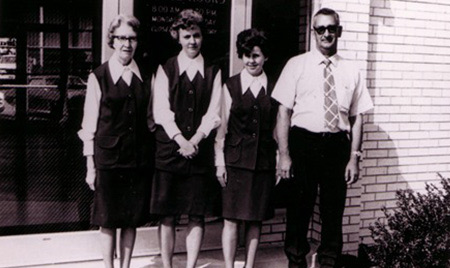
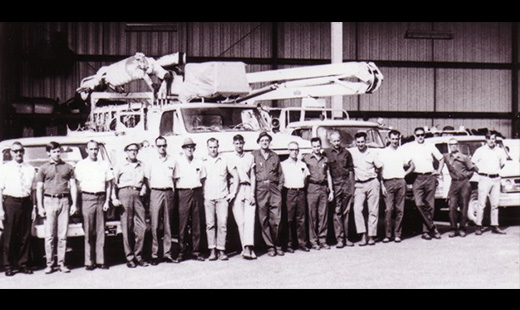
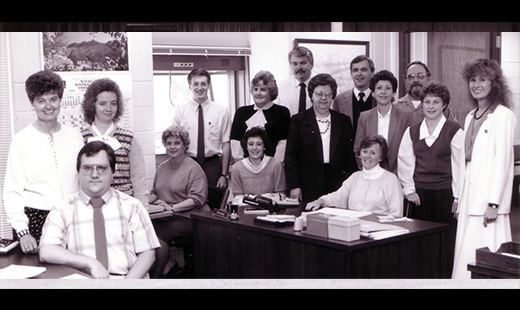
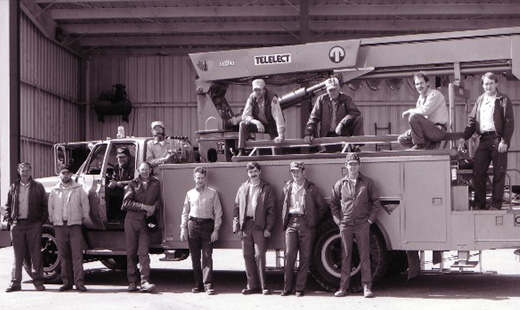
Early 2000s and Beyond
NRLP, a non-profit operating unit of Appalachian State University, serves the general area within Boone’s town limits. Today’s system includes more than 1,000 transformers and 200 miles of overhead and underground lines.
As the first utility to serve northwestern North Carolina, NRLP established a tradition of responsible and prompt service meeting the ever-changing needs of Boone and its residents. In April of 2012, NRLP earned the Reliable Public Power Provider (RP3) recognition from the American Public Power Association.
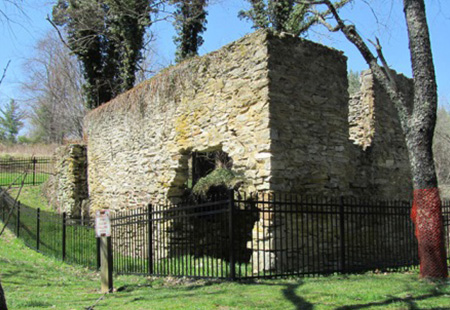

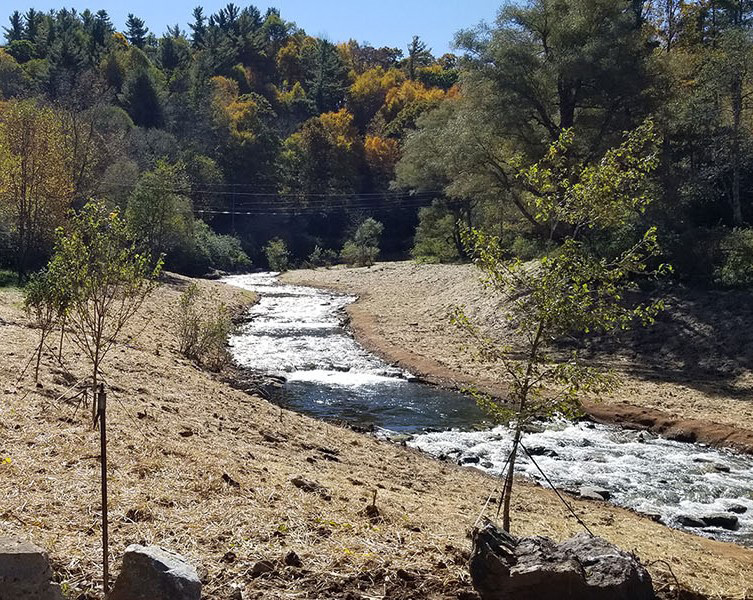
How New River got its flow back
App State’s NRLP completes Payne Branch environmental restoration project
Appalachian Today
In December of 2020, NRLP completed its grant-funded project to remove the historic Payne Branch dam, which was located off Highway 321, just south of Boone, on the Middle Fork of the New River. The project has helped rehabilitate an approximately 1,200-linear-foot section of the river corridor.